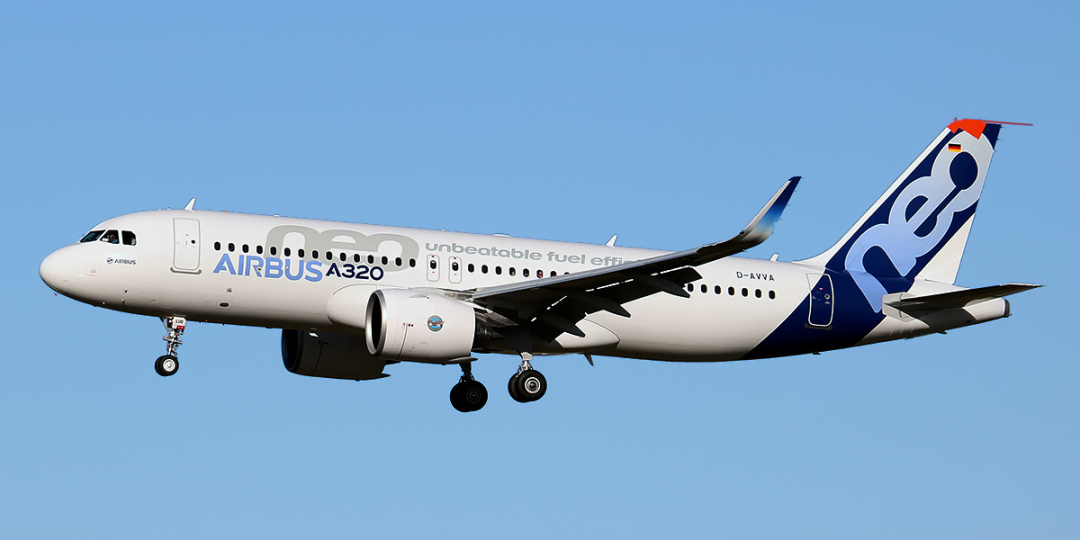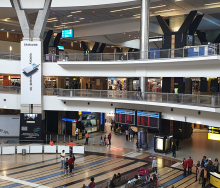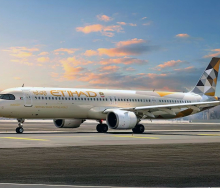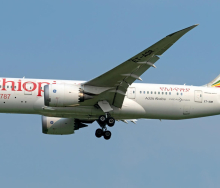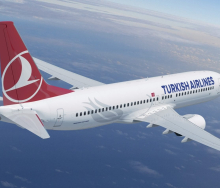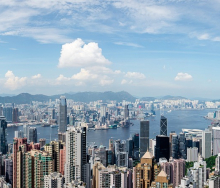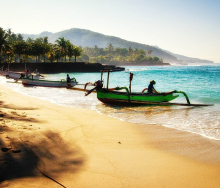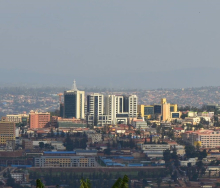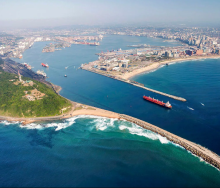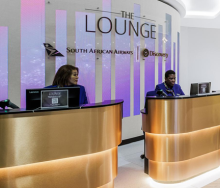This year, 2022, has been the year that air travel suddenly jolted into motion, post-pandemic.
It’s also the year that ICAO member states adopted a collective long-term global aspirational goal of nett-zero carbon emissions in the airline industry by 2050.
But in what is an apparent conflict of interests, the aviation industry, now well into its post-COVID recovery, has moved into a bullish phase and is occupied with rolling out ambitious expansion plans. Simultaneously, 180 member states of ICAO are planning the radical reduction of aviation emissions to nett-zero.
On one hand, expansion
As the tourism industry across the globe is in recovery from the pandemic, every country is trying to claw back and even augment the airlift it enjoyed previously. Airports and tourism bodies go out of their way to draw more airlines into the country – no one can ignore the huge benefits that come from frequent, direct, or even indirect, connections between countries.
Carriers are placing orders for specific aircraft to fly ultra-long-distance flights, longer than ever before. Qantas is believed to have placed an order with Airbus for 12 of these ultra-long-distance aircraft capable of flying between Sydney or Melbourne and London or New York. The first of these ultra-long-haul flights is due to take off from Sydney to London in 2025. (NB These routes are not as fuel-efficient as two shorter flights with a stop in between, according to Simpleflying. There is the extra weight of the extra fuel the aircraft has to carry, which means fewer passengers, which means the fuel burn and carbon emission per passenger is much higher, all of which means that airlines flying these ultra-long-haul routes will be open to criticism that they enable the wealthy few to make huge environmental impact and then offset it on paper, which does not lessen the actual environmental impact at all.)
Outside of ultra-long-haul aircraft, airlines are now placing orders for such big numbers of new aircraft to cope with future demand, that manufacturers, short-staffed post-pandemic, cannot keep up.
UK carrier, Jet2.com has just placed an order for 35 new Airbus A320neos for delivery between 2028 and 2031. And Rob Morris, Head of Consultancy at global aviation consultancy Ascend by Cirium, told the October 22 FT Weekend his mind was “a little blown away” by the order placed by Jet2.com. He said: “… in sustainability terms, if we assume a 25-year operating cycle, then the last of these will still be in service several years after 2050, by which time we are supposed to have achieved nett zero.”
Carbon-offsetting of flight bookings is already in motion, but travellers seem to be way behind the curve in understanding the environmental impact of their flights – the Iata Global Passenger Survey of 2022 found 82% of passengers do not offset their carbon emissions, the main reason given (36% of passengers) was being unaware of the option.
On the other hand, contraction
It's paradoxical that while all this ramping-up of aviation and tourism is going on, that deadline of zero emissions by 2050 looms. Not everyone agrees that more flights and more tourists are what the world needs.
Environmental groups are growing more vocal and more militant, and instead of focusing on zero emissions in 2050 are calling for much stricter and more binding legislation to curb airline activity now.
One of these environmental activist groups, Brussels-based Transport and Environment (T&E), questions how ICAO will reach its targets. The group notes that less than a third of emissions will be addressed by 2030, with significant polluters China, Russia, Brazil, and India not even participating in the Carbon Offsetting and Reduction Scheme for International Aviation (CORSIA). CORSIA’s intention is to harmonise international goals to offset carbon emissions while respecting countries’ varying limitations. CORSIA will apply only to international flights between member states that have volunteered for the programme during its early phase.
“Let’s not pretend that a non-binding goal will get aviation down to zero,” said T&E Aviation Director Jo Dardenne. T&E is calling for more support in the EU for SAFs, taxation of aviation fuel, and higher pricing of emissions permits.
One simple way to curb carbon emissions is the use of railways to replace short-haul or domestic flights, this is already in place to some degree in France and Germany. And train travel is in fact a growing trend across Europe, which will help mitigate carbon emissions by removing flights from the air.
Africa, on the other hand, depends heavily on air routes, some principal towns and cities being virtually unreachable by any other means. Railway services, where they are available, can be unreliable due to infrastructure decay and they are not oriented towards the tourism or corporate travel industries as an alternative means of travelling from one part of a country to another. It’s difficult to know how ICAO members in Africa will deal with their nett-zero goal with so few clean alternatives to air travel.
Iata guidance estimates that Sustainable Aviation Fuels (SAFs) could contribute around 65% of the reduction in emissions that is needed to achieve the 2050 goal, but the production of those fuels will require gargantuan efforts globally in order for airlines globally to reach anything close to nett-zero by 2050. The sustainability of these SAFs is also under question, with variables like the origin and availability of the biological feedstocks (used cooking oils and oil derived from algae) used in their manufacture, the energy required in the production process and the environmental effects of producing SAFs at scale.
Amsterdam Schiphol is the first EU airport to announce emissions-related flight caps from November next year, to fall in with the need for reducing emissions. The cap will only allow 440 000 departing flights a year rather than the 2019 number of 500 000 a year. That means 1,5 million fewer travellers passing through. And there is to be an increase in airport taxes as a deterrent to those wanting to transit there. This should radically increase ticket prices on flights touching Schiphol. But the uptake of capping also puts some airlines at a disadvantage – those whose home countries are early uptakers of flight capping will have many of their flights cut, while those flying in with two or five flights a day might lose one or two flights a day. And nothing compels all ICAO members to cap the number of flights departing from their countries – some airports may not cap flights at all.
The coming years will show the extent to which countries, including developing countries, are prepared to sacrifice the goal of continued growth for a greater purpose.
